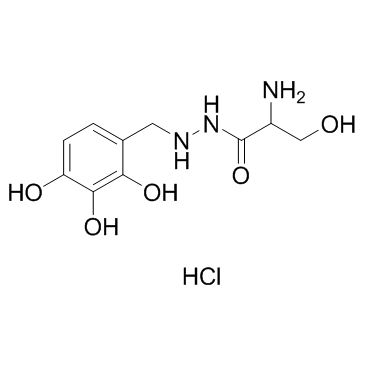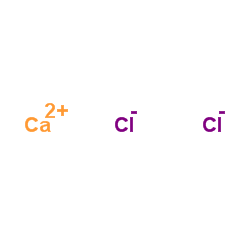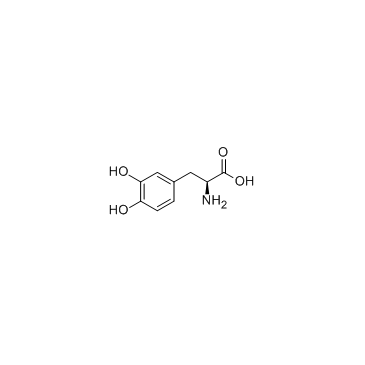| Structure | Name/CAS No. | Articles |
|---|---|---|
 |
Hydrogen bromide
CAS:10035-10-6 |
|
 |
sodium chloride
CAS:7647-14-5 |
|
 |
Benserazide hydrochloride
CAS:14919-77-8 |
|
 |
Calcium chloride
CAS:10043-52-4 |
|
 |
Levodopa
CAS:59-92-7 |
|
 |
SODIUM CHLORIDE-35 CL
CAS:20510-55-8 |
|
 |
Desipramine hydrochloride
CAS:58-28-6 |
|
 |
calcium chloride dihydrate
CAS:10035-04-8 |
|
 |
L-3,4-Dihydroxyphenylalanine Methyl ester hydrochloride
CAS:1421-65-4 |